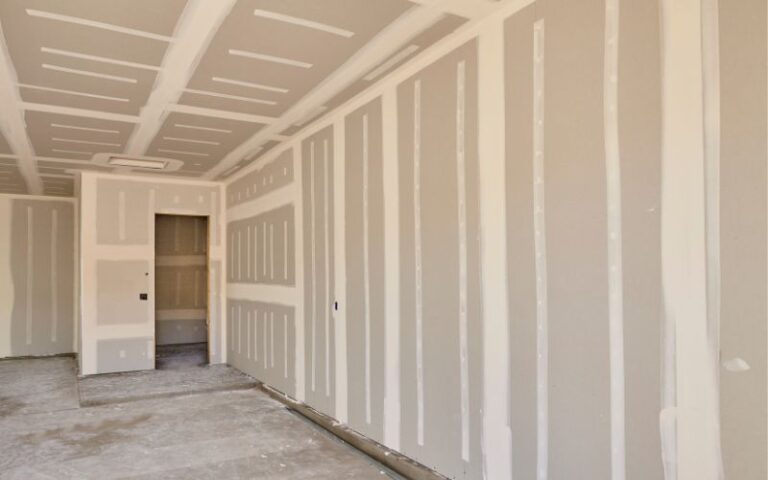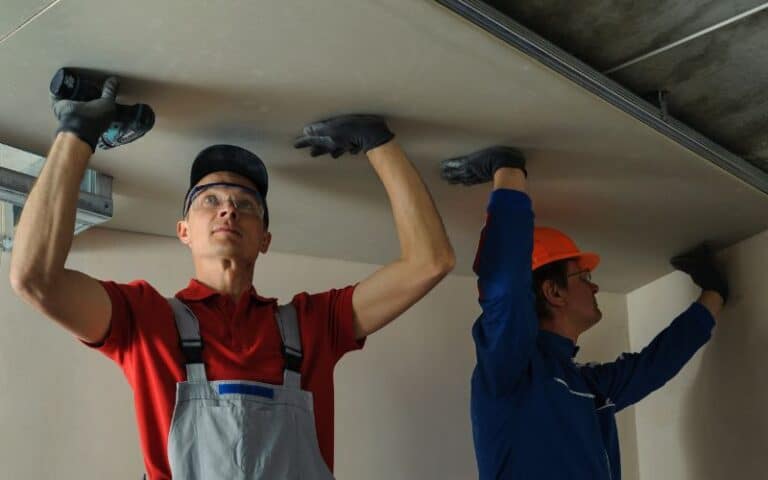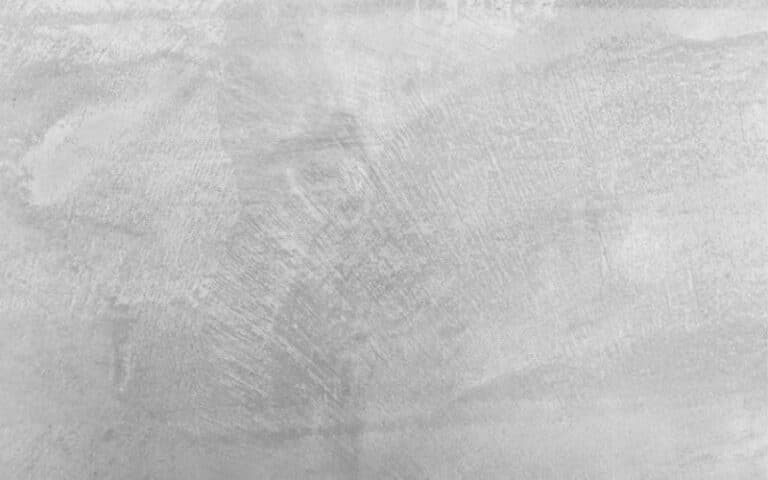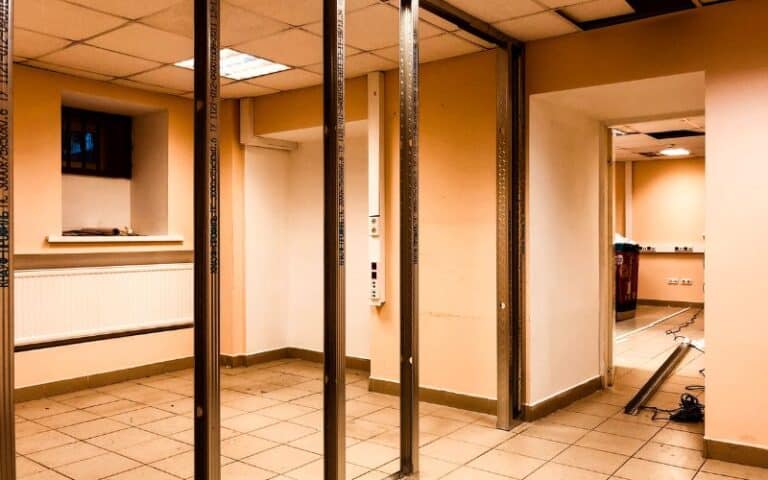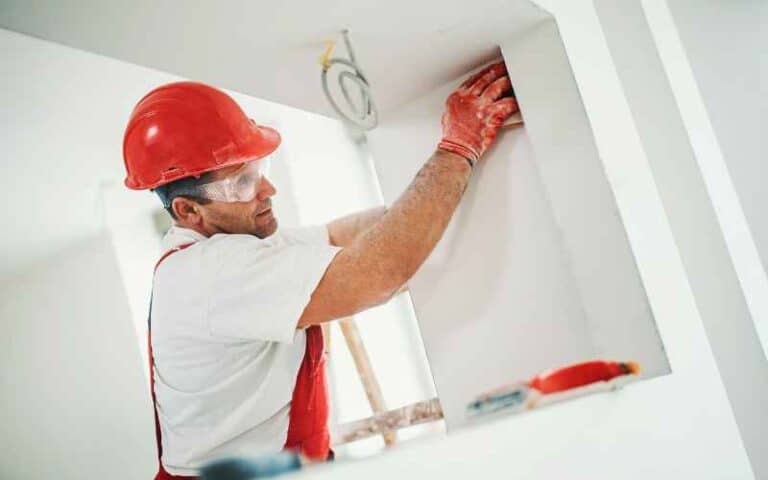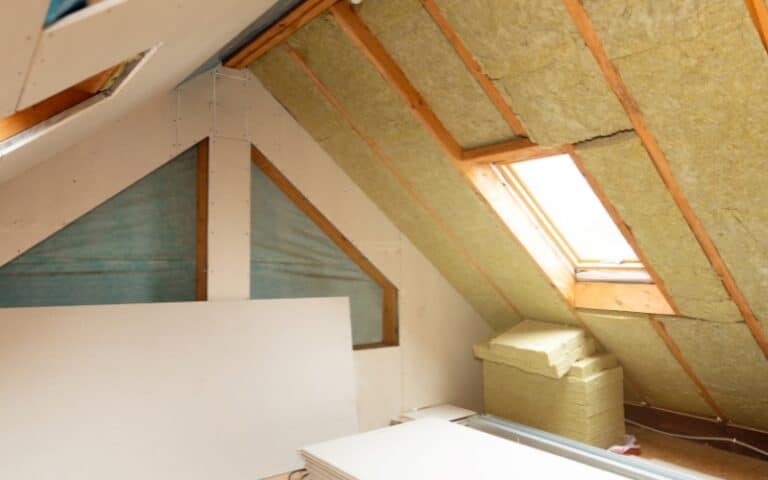You can’t deny the extra grip you get when you install screws with drywall anchors. They form a layer of support to help drywall screws bear their weight.
Drywall screws ought not to take on anything other than the drywall itself. That’s because they aren’t “natural” hanger types. But sometimes, drywalls alone can outweigh the screw’s limit.
Thus it makes sense to reinforce drywall screws with anchors in that case.
Screws will lack a degree of firmness when you install them without drywall anchors. As such, there’s an increase in the risk of your setup falling apart. That’s because, over time, the screws will become loose in the sockets due to tension. So it’s always safer to use screws with drywall anchors when you can.
Using anchors when installing screws on drywall is an invaluable safety measure. You indeed have lots of questions at this point.
Don’t worry; this article will explain why drywall anchors are essential and how they work in a setup.
Ready for a Drywall Quiz?
What Happens If I Don’t Use Drywall Anchors?
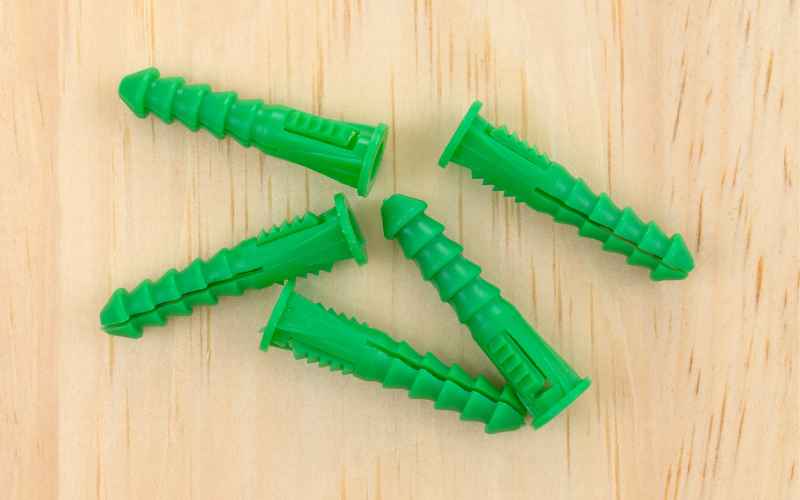
Drywall screws will lack firmness and support when you don’t install them with wall anchors. But it’s essential always to have a firm grip when you install screws.
Due to the effects of shear and tension, screws become loose in their sockets after some time. Yet it’s vital to extend the period as much as possible before that happens.
Avoiding loose screws is a long shot, but making screws properly secure is doable. That’s where the drywall anchors come into play.
As the name implies, drywall anchors hold screws in place. Also, they provide an extra bit of support to reinforce the drywall screws. That means more strength and less tension.
Drywall screws work mainly to join the drywall and wall. So you’ll have a safety hazard if the link becomes loose too soon.
The drywall the screws hold up will constantly bear down on the screws trying to pull them off. But having an anchor helps to distribute the weight on the screws evenly.
Thus, the drywall screws will bear less load alone and have more balance. Also, lesser tension on the drywall screws reduces their chances of becoming loose.
However, you’ll lose all the benefits of having drywall anchors when you don’t use them.
Drywall screws become vulnerable when you take wall anchors out of the equation. That’s because they become more likely to come off and can hold very little weight.
Installing screws with drywall anchors gives them the grip they don’t have. But, unfortunately, the thread of drywall screws doesn’t give proper protection against friction.
Yet, there are ways to make up for not using drywall anchors. You should consider other options to support the drywall screws if you can’t use wall anchors.
That way, the drywall screws can have proper support and a firm grip to hold the drywall and wall.
Using a screw without anchors doesn’t hurt when the drywall is lightweight. There’ll also have to be no other load on the screws except the drywall.
Considering you use the correct screw lengths and type, the screws will have trouble holding up the drywall.
So, it’s safe to use drywall screws without wall anchors when the drywall doesn’t outweigh the screw’s limit.
Is It Okay to Just Screw into Drywall Without Anchors?
It’s okay to screw into drywall without anchors only if the drywall doesn’t outweigh the screws’ limit. Of course, you’d always want to ensure your setup’s safety.
But that won’t be the case if the drywall weighs more than the screws can carry. So, it helps to remember that drywall screws aren’t hangers.
The primary function of drywall screws is to join the drywall to the wall. But when you plan to use them beyond that, you must install the screws with drywall anchors.
Thus, the decider for using screws with or without anchors is the application. But how do you intend to use them on drywall? Will it be only to join the drywall and wall?
Do you plan to hang objects on the drywall after installing it? In the first case, it’s okay to use drywall screws without anchors. The focus here is on your choice of screws.
The length of the screws and the thread matter the most because they determine the quality of the grip. Poor decision-making yields a setup lacking balance.
As such, there’ll be too much motion, and the drywall may come off as quickly as it went up. But the guide to knowing the screw length is the thickness of the drywall.
Using screw lengths of 1 1/4 to 1 3/8 inches for a 1/2-inch drywall is safe. But screws between 1 5/8 to two inches length go for 5/8-inch drywall.
The extra length ensures that part of the screws will still rest firmly in the wall after going through the drywall. In some cases, the screws even have to pass through studs.
On the other hand, if the drywall outweighs what the screws can take, please use wall anchors. The drywall anchors will protect the wall and drywall from damage.
That simple safety measure will spare you unnecessary work to reinstall the drywall or buy new materials.
So, always weigh the safety of how you plan to use screws on drywall. Do well to add drywall anchors if the setup has extra weight. Otherwise, it’s okay to leave them out.
Is It Necessary to Use Drywall Anchors with Drywall Screws?
When hanging heavy objects, using drywall screws without anchors is not recommended. Drywall anchors provide added support, preventing the screws from pulling out under pressure. For optimal stability and safety, it is necessary to use drywall anchors with drywall screws.
How Much Weight Can Drywall Hold Without Anchors?
Without anchors, thin drywall can hold 1.2 to 1.6 pounds per square foot. The weight reaches 1.5 to 2.1 pounds per square foot for thicker drywall.
However, a few factors determine the weight limits; they don’t hold by themselves. So it helps to consider the objects you’ll place on the drywall with anchors.
For one, the absence of anchors reduces the weight drywall can hold. Keep the shape and sizes of objects and the hanging devices in mind.
How you hang objects on drywall with anchors determines how they respond to the weight. The best action is to place objects that won’t add to shear and tension.
Shear and tension will damage your drywall, and the object you placed there will also fall off. But choosing a suitable hanging device helps to solve any trouble there.
Some hanging devices work best for heavyweight applications, while others suit lightweight installations best. In this case, a setup without anchors is lightweight.
Thus, the best options are common nails and adhesive-backed hangers among hanging devices for drywall without anchors. They don’t add much extra weight to the drywall.
The table below shows the pros and cons of using common nails or adhesive-backed hangers on walls without anchors.
| Adhesive-Backed Hangers | Common Nails |
|---|---|
| Pros: They are easy to install; there’s no need for a hole in the wall. | Pros: They are cheap and easy to use. |
| Con: They quickly fall off because the adhesive gets weak. | Cons: They can easily pull out of the wall due to a poor grip; they leave holes in the wall. |
Common nails can take up more weight because they weigh less than adhesive hangers. You’ll have to weigh the hanger as well against the weight limit of the drywall.
So, once you take out the hanger’s weight, that’ll determine what objects you can safely place on the drywall. However, common nails can turn out plain and boring.
So, you should try adhesive-backed hangers if you prefer a touch of decor on your hangers. But you’ll ensure to keep the weight.
One way to get the best out of hangers is to ensure you install them properly. Failing to do so will further amplify the absence of anchors in your setup.
How Do Drywall Anchors Work?
Drywall anchors expand on the opposite side of the wall when screwed to provide a firm grip. They are different drywall anchors, but all work with the same principle.
The body of a drywall anchor is flexible, so it adjusts to the screw as it turns in place. As a result, the anchor opens up to tighten its grip on the wall and hold the screw.
As with all equipment, you get the best results with anchors when you install them properly. Also, the different drywall anchors suit different applications.
Thus choosing the suitable drywall anchor will determine if you can hang lightweight or heavyweight objects.
The table below shows some drywall anchors and their applications.
| Anchor Type | Application |
|---|---|
| Expansion Anchors (also conical or winged anchors) | Light items |
| Molly Wall Anchors | Heavy items |
| Self-Drilling Anchors | Heavy items |
| Steel Hollow-Wall Anchor | Heavy items |
| Strap Toggle Anchors | Heavy items |
| Toggle Anchors | Heavy items |
Among the anchors for heavy items, the steel hollow-wall anchors can take the most weight, up to 100 pounds. Once you choose an anchor type, proceed to install it.
Please follow the steps below to install a drywall anchor.
- Use a power drill to make a pilot hole in the wall. Ensure the hole is only wide enough to fit the anchor’s width, not too big or small.
- Gently push the anchor into the pilot hole. It helps to use a rubber mallet to hit the anchor into place without damage.
- After inserting the anchor fully, use a screwdriver to turn the screw in place until it sits firmly in the anchor.
- After installing the anchors, you can use them to hang objects as you please.

